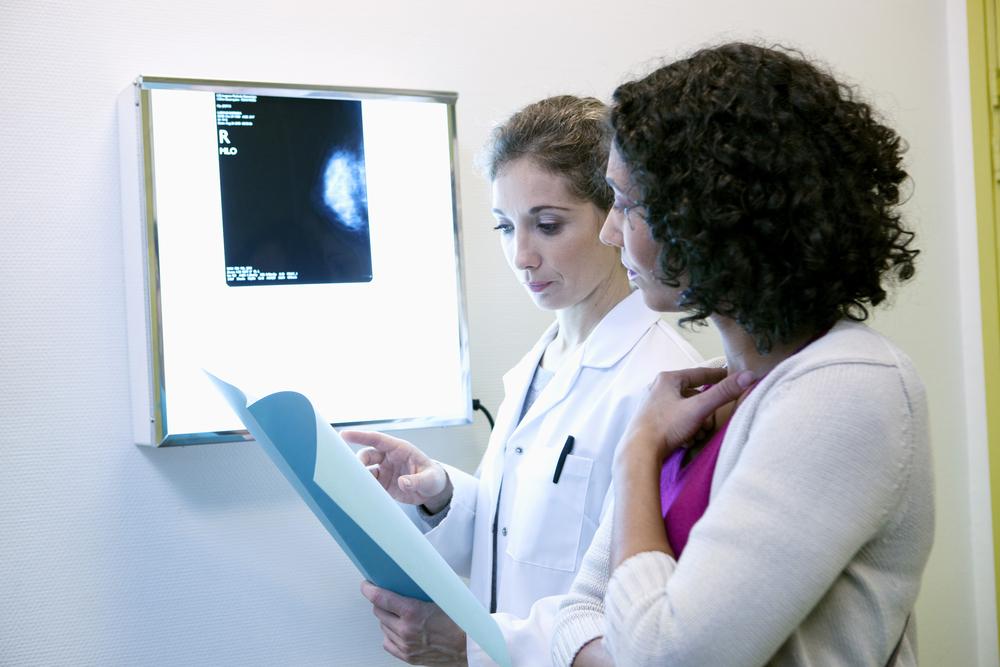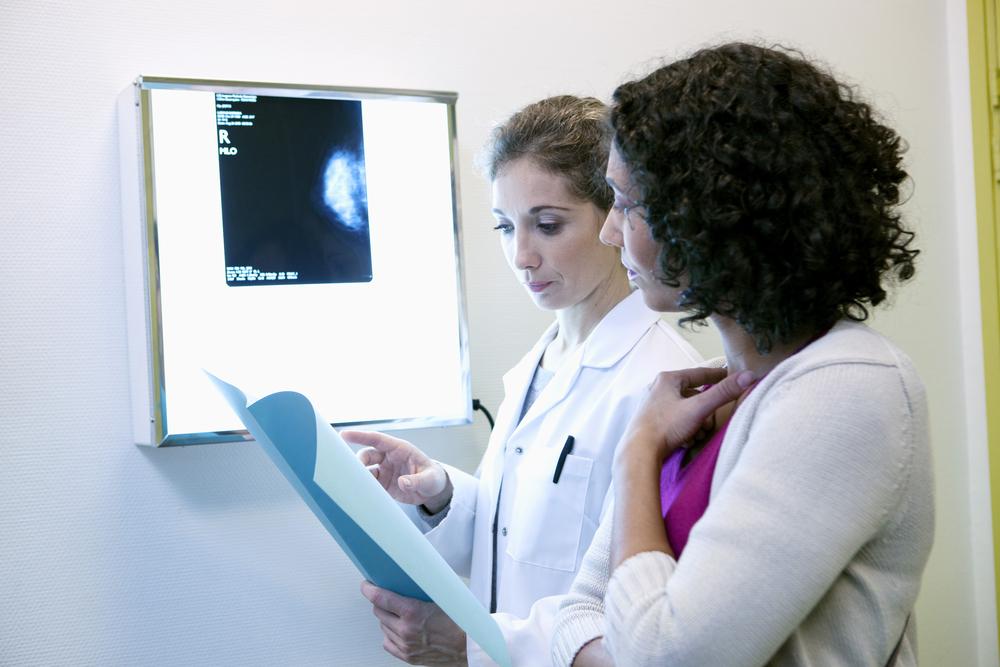Comprehensive Guide to Breast Cancer: Understanding Stages, Symptoms, and Early Detection
This comprehensive guide offers insights into breast cancer stages, signs, and early detection strategies. Recognizing symptoms early can dramatically improve treatment outcomes and survival rates. The article emphasizes the importance of regular screening, understanding disease progression, and knowing when to seek medical help for suspicious changes. It serves as an essential resource for women, healthcare professionals, and anyone interested in breast health awareness.

Breast cancer remains one of the most prevalent and concerning health issues affecting women worldwide. Accurate understanding of its stages, symptoms, and early warning signs is essential for timely detection and effective treatment. In this comprehensive guide, we delve into the intricacies of breast cancer, elucidating how clinicians determine its progression, identify symptoms, and emphasize the importance of early diagnosis.
Breast cancer staging is primarily based on three critical factors: tumor invasiveness, lymph node involvement, and the presence of metastasis. This staging system ranges from 0 to 4, providing a framework for prognosis, treatment planning, and understanding disease severity.
Breast Cancer Stages Explained
Understanding each stage is vital for patients and healthcare providers alike. The staging system helps determine the extent of cancer spread and guides treatment decisions.
Stage 0: Carcinoma in Situ
Stage 0 represents non-invasive breast cancer, often referred to as ductal carcinoma in situ (DCIS). At this stage, abnormal cells are confined within the milk ducts or lobules, without invading surrounding tissues. Early detection at this stage is highly treatable, often through localized therapies like surgery or radiation.
Stage 1: Early Invasive Breast Cancer
This stage involves small tumors, usually less than 2 centimeters, confined entirely within the breast tissue. There may be minimal or no involvement of nearby lymph nodes. The prognosis at this stage is generally favorable, and treatment options often include surgery, radiation, hormone therapy, or targeted therapy.
Stage 2 and 3: Progressive Spread
Stage 2 indicates increased tumor size (2-5 cm) and possible involvement of nearby lymph nodes. Stage 3 signifies more extensive disease, with larger tumors and more widespread lymph node involvement, sometimes reaching the chest wall or skin. Though still localized, these stages are more challenging, requiring aggressive treatments such as chemotherapy combined with surgery and radiation to control the disease.
Stage 4: Metastatic Breast Cancer
Stage 4 breast cancer is characterized by metastasis, where cancer cells have spread beyond the breast and nearby lymph nodes to distant organs such as the liver, lungs, brain, or bones. This is considered advanced cancer, requiring systemic therapies like chemotherapy, hormonal therapy, targeted therapy, or immunotherapy. Although metastasis is a serious development, recent advances have improved quality of life and survival rates for many patients.
Recognizing Early Symptoms and Signs
Early detection of breast cancer significantly improves treatment success rates. Recognizing warning signs and symptoms can prompt timely medical consultation, diagnosis, and intervention.
Painless lumps or thickening in the breast or underarm—often the first noticed symptom.
Changes in the size, shape, or appearance of the breast, such as asymmetry or puckering of the skin.
Unexplained nipple changes, including inversion or bleeding.
Skin changes like redness, swelling, warmth, or dimpling resembling orange peel texture.
Unusual discharges from the nipple not related to breastfeeding, especially if bloody or clear.
Persistent pain in the breast or nipple that does not resolve.
It's important to note that not all these symptoms indicate cancer. Many benign conditions can cause similar signs, but any persistent or abnormal change warrants medical evaluation for accurate diagnosis.
The Importance of Screening and Early Detection
Regular screening methods such as mammograms, clinical breast exams, and self-awareness are critical in early detection. Mammography can detect tumors too small to be felt, increasing the chances of successful treatment. Women are advised to begin screening at age 40 or earlier if at high risk. Self-examinations help women become familiar with their breasts’ normal appearance and feel, making it easier to notice unusual changes.
Early diagnosis not only enhances prognosis but also broadens treatment options, often permitting less invasive therapies and better outcomes. Education about breast health and routine screenings can save lives by catching cancer before it advances.
Conclusion
Understanding the stages, symptoms, and early warning signs of breast cancer is crucial for women and healthcare providers. Early detection approaches combined with advances in medical treatments continue to improve survival rates and quality of life for those diagnosed. Staying informed, conducting regular self-examinations, and seeking prompt medical attention for any unusual changes are vital steps in the fight against breast cancer.





